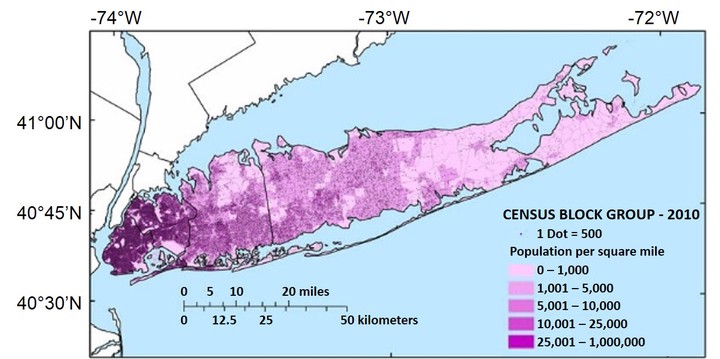
Abstract
Belowground growth in coastal plants is critical for marsh stability and the ability of coastal wetlands to keep pace with sea‐level rise. Quantifying the effects of nutrient loading on belowground plant growth is an ongoing controversy in wetland research, with previous experiments demonstrating both positive and negative impacts. Moreover, salinity may also decrease belowground growth through sulfide toxicity, or plants may increase root growth to oxidize sediments and respond to sulfide stress. Because salinity influences plant nitrogen assimilation and sediment nitrogen retention, salinity and nitrogen may interact to influence belowground plant growth. We sampled an urban‐to‐rural land‐use gradient of 11 Spartina alterniflora marshes on Long Island, New York, to look for correlates of belowground biomass. We found that belowground biomass was related positively to salinity and negatively to extractable nitrogen content in sediments. Total belowground plant biomass was reduced by 60–70% in high‐nitrogen marshes and enhanced by as much as 70% in high‐salinity marshes. Further, we found no evidence of interaction between salinity and nitrogen, indicating that these factors were independently related to belowground plant growth. Our results indicate that chronic eutrophication and increasing salinity resulting from sea‐level rise are likely to have opposing effects on future marsh stability.